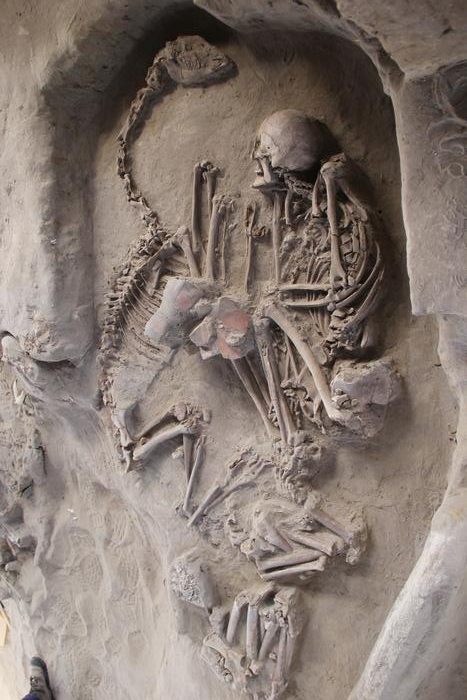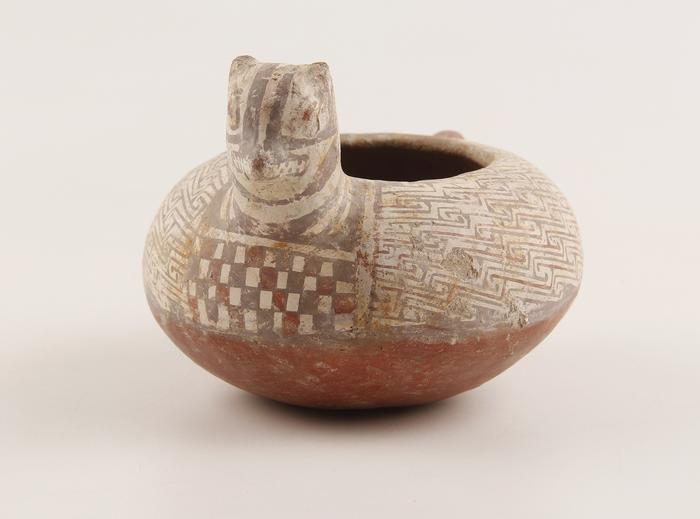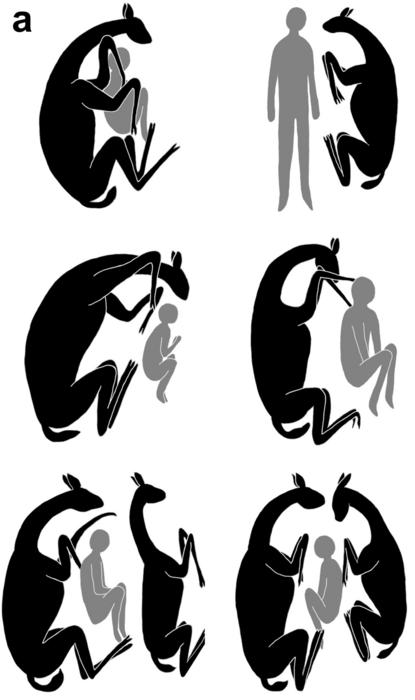Llamas may have been domesticated in the semi-arid North of Chile prior to the Incas, according to multi-proxy analysis of early camelid remains

Abstract from the paper
To evaluate the presence of domesticated camelids in the Semiarid North of Chile (29°S) before the arrival of the Inca, we utilized a multidisciplinary approach to analyze 57 South American camelids that were part of the funerary contexts of the El Olivar site, dated between 1,155 and 1,538 cal AD and associated with the Diaguita Culture. The analyses included osteometric data, age profiles, sex estimation, genetic analysis, identification of pathologies, isotopic analysis and dental calculus analysis. The results indicate a higher frequency of juvenile-adult and adult animals, together with a relatively similar proportion of males and females. Osteometric analysis allowed us to identify the individuals as belonging to the “large group” which consists of both llama (Lama glama) and guanaco (Lama guanicoe), while genetic analysis indicates that the camelids from El Olivar are most closely related to Lama glama and the wild subspecies Lama guanicoe cacsilensis. Isotopic analyses suggest the consumption of a mixed diet of C3 and C4 plants, following the pattern seen in domestic camelids from the central-southern Andes. Dental calculus analyses indicate anthropic management through the provision of previously cooked food to two camelids with polydactyly. Taken together, we provide the first solid evidence of domesticated camelids (Lama glama) in the Semiarid region of Chile, prior to the influence of the Inca.

Bibliographic information:
López Mendoza P, González P, Westbury MV, Saghessi D, González Venanzi L, González BA, et al., Multi-proxy analysis of El Olivar camelids (1,090-1,440 cal AD): Evaluating the presence of llamas (Lama glama, Linnaeus 1758) in the Semiarid North of Chile before the arrival of the Inca, PLoS One (2025) 20(5): e0323497, DOI: https://doi.org/10.1371/journal.pone.0323497

Author countries: Chile, Denmark, Argentina
Funding: Work funded by the El Olivar Archaeological Project. The funders had no role in study design, data collection and analysis, decision to publish, or preparation of the manuscript.
Press release from PLoS ONE.


